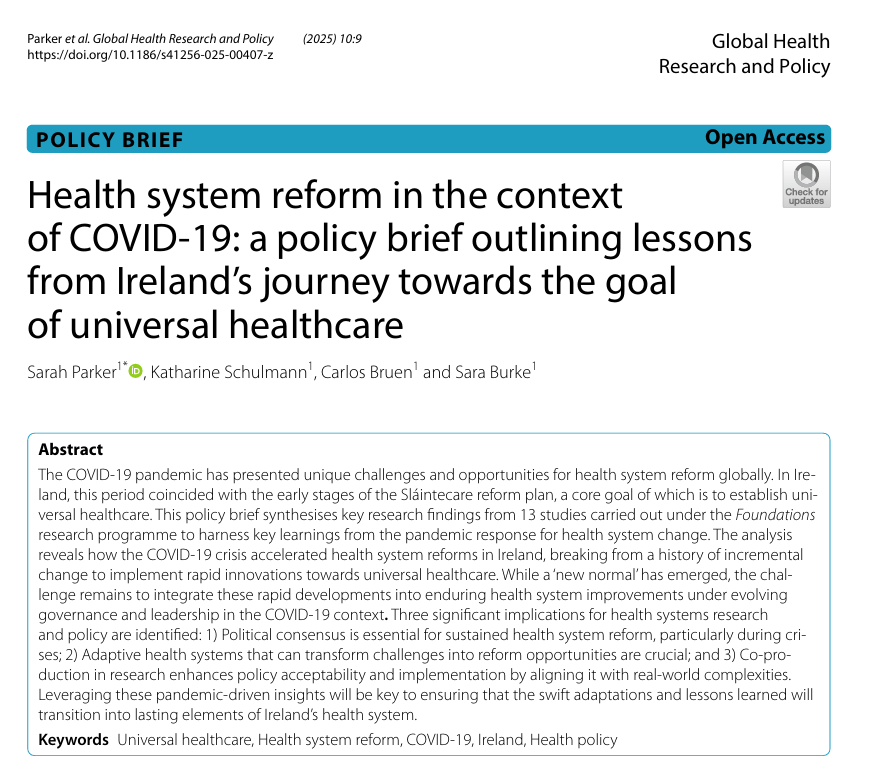Virtual care? Telepharmacy in critical care settings for patient-centered care and multidisciplinary collaboration: A scoping review of activities, benefits, economic impact, challenges, and knowledge gaps
BACKGROUND: Very few studies have investigated telepharmacy (TP) in critical care. This scoping review undertook this task. METHODS: We searched the following five electronic databases (PubMed, Embase, WoS, Scopus, CINAHL). Data were extracted from the articles and mapped out. Arksey and O'Malley's 6-step framework was used, and data synthesis identified activities, benefits, economic impact, challenges, and knowledge gaps of TP in critical care. RESULTS: Out of 77 reports retrieved, 14 were included in the review as per inclusion criteria. Eight studies (57%) were published since 2020, and 9 (64%) were from the United States. Tele-ICU was in place before TP implementation in six studies (43%). TP used a range of synchronous/asynchronous communications. Studies reported wide assortment of reactive/scheduled TP activities. Patient outcomes were evaluated in one study of sedation-related TP interventions but they were not different despite improved compliance with sedation protocol. Most common clinical interventions/drugs included glycemic, electrolyte, and antimicrobial therapy management and antithrombotic agents among others. Acceptance of TP interventions was 75% or more in four studies and 51-55% in two studies. Benefits of TP included resolved drug-related problems, increased compliance with guidelines, maintained interactions with other health care providers, and patient safety among others. Three studies (21%) reported cost avoidance with TP interventions. Challenges included communication, intervention documentation, tracking implementation of recommendations, and monetary/financial and legislative/regulatory issues. Knowledge gaps comprised lack of frameworks for implementation/evaluation of TP in critical care, methodological aspects, lack of patient-specific outcomes, as well as institution/health-system aspects, and documentation systems, cost, legislative, and sustainability issues. CONCLUSIONS: TP in critical care is underpublished, and comprehensive frameworks for its implementation and evaluation remain lacking. Assessments are needed to evaluate the effect of TP in critical care on patient-specific outcomes, its economic and legal dimensions, methods to sustain it, as well as the role of documentation systems, collaboration models, and institutional characteristics.
研究证据
